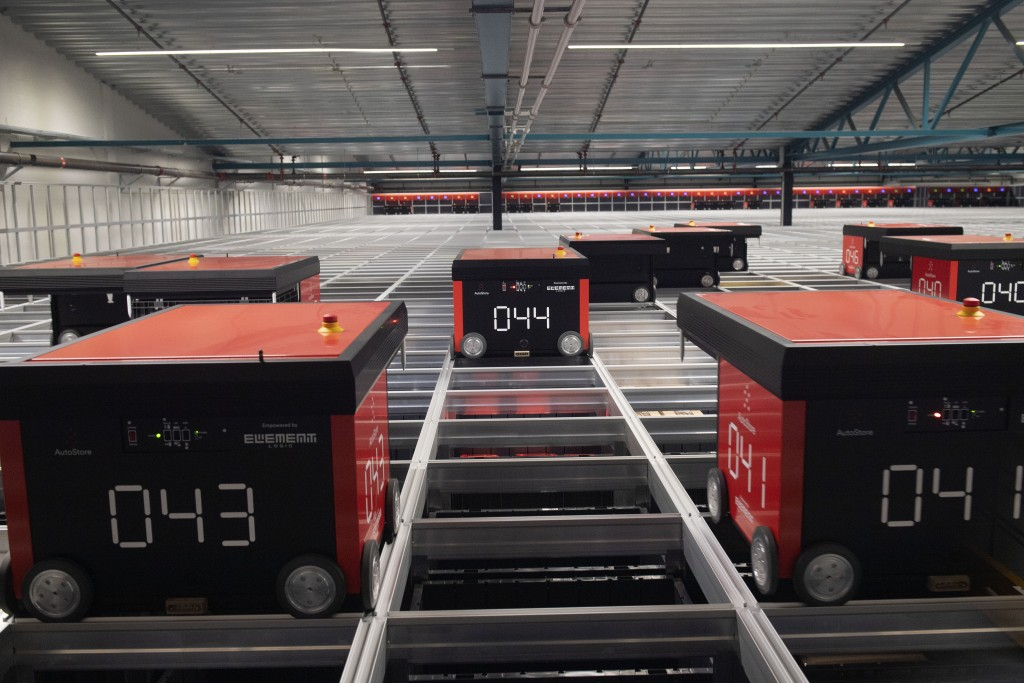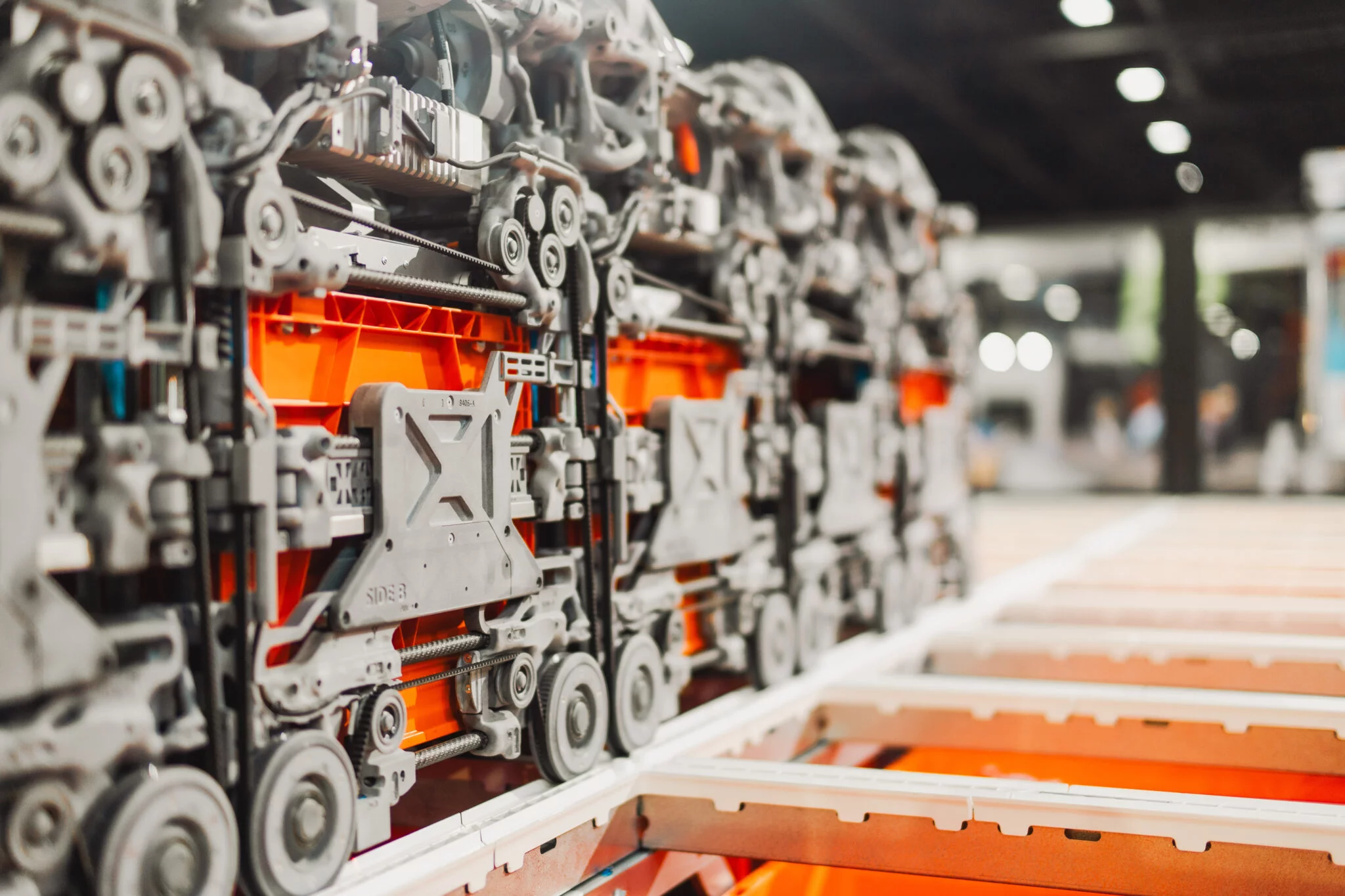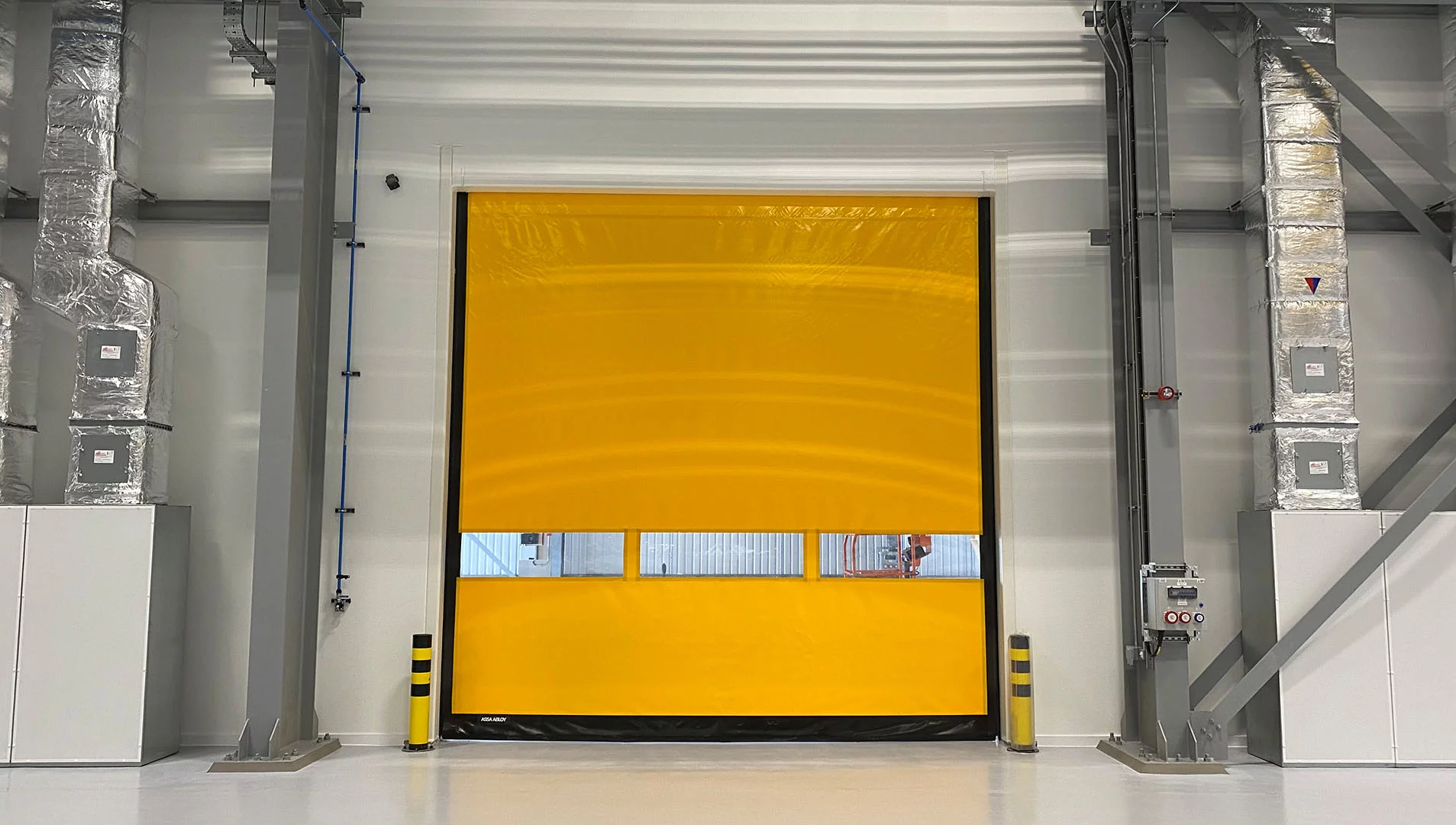There are six key trends in warehouse automation to look out for in 2025, writes Theresa Macdonald (pictured below), Business Development Manager at Element Logic.
As automation continues to reshape industries, warehouses are emerging as prime beneficiaries of this rapid technological evolution. By 2025, businesses that embrace a forward-thinking approach to warehouse operations will see significant gains in efficiency, sustainability, and overall competitiveness. But what trends will define these changes? Below, I’ll explore the critical innovations expected to reshape warehousing in the years to come.
Collaborative robotics: Collaborating with humans
Robotic systems are already transforming how warehouses operate, and by 2025, collaborative robots, or co-working robots that perform side-by-side with human workers, will become more widespread. Unlike early fears of full workforce replacement, modern robots don’t take jobs but complement human abilities by managing repetitive and physical tasks, like retrieving items or piece-picking. These collaborative robots are making workspaces safer and more efficient. For example, robotic arms powered by machine learning can continually refine their ability to pick and place products of varying sizes and weights-allowing for faster, error-free sorting. This collaboration between humans and robots optimises workflows and maximises productivity, all while reducing the physical strain on human workers.

The power of data: turning insights into action
In 2025, data analytics will become a central driver of decision-making in warehouses. Whether it’s predicting demand fluctuations, identifying potential bottlenecks, or conducting predictive maintenance, the insights generated by data are becoming invaluable for operational efficiency. Real-time data, fed through AI-enabled systems, will give businesses a competitive edge by optimising everything from capacity planning to inventory control. Ultimately, it’s not just about gathering data, but turning insights into precise, effective actions that keep operations running smoothly while minimising waste and inefficiencies.
Sustainability: A mandate, not an option
Sustainability has long since moved from ‘nice-to-have’ to ‘must-have’, and warehouses are no exception. With over 40% of global CO2 emissions attributed to buildings, warehouses are under pressure to lower their environmental impact. As we approach 2025, businesses will be prioritising eco-friendly operations, from the materials used in construction to energy-efficient lighting and climate controls. Technology has a crucial role to play in reaching sustainability goals. Automation systems like AutoStore are helping operators reduce their energy consumption-ten AutoStore robots, for example, use about the same amount of energy as a household vacuum cleaner per hour. Implementing such technology can lead to lower carbon footprints and operational efficiencies, both of which offer long-term savings alongside environmental benefits.
AI: Improving intelligence in the warehouse
Artificial Intelligence (AI) will become an increasingly important part of warehouse management by 2025. Already, AI powers predictive analytics for inventory management, helping businesses anticipate demand spikes and avoid stockouts. More advanced applications see AI driving automated systems to manage everything from picking errors to maintenance schedules. AI’s sophistication has reached a point where it can “learn” warehouse patterns and continuously adapt to optimise processes. This makes for a smarter, more flexible warehouse that can adjust to evolving customer demands and operational complexities-whether that’s managing peak busy periods like Black Friday or keeping everyday operations running smoothly.
Rising customer expectations: Speed and accuracy
E-commerce growth and just-in-time delivery models have changed what customers expect from warehouse operations. By 2025, fast delivery will no longer be a competitive advantage but a customer expectation. Warehouses must respond with better agility, accuracy, and scalability. Automated Storage and Retrieval Systems (ASRS), like AutoStore, will help businesses efficiently manage surges in demand while maintaining operational flexibility. Automation allows companies to reduce picking errors, streamline returns, and ensure that even during peak seasons, customers receive their orders quickly and accurately.
Preparing for the future of logistics
Warehousing in 2025 isn’t just about embracing automation-it’s about building smarter, more sustainable operations that can adapt to changing customer needs while minimising environmental impact. By investing in AI, robots, and data-driven tools, businesses can future-proof their operations and ensure they stay ahead of the competition in an increasingly demanding market.
similar news
Industry View: Automation and the Future of Warehouse Racking















